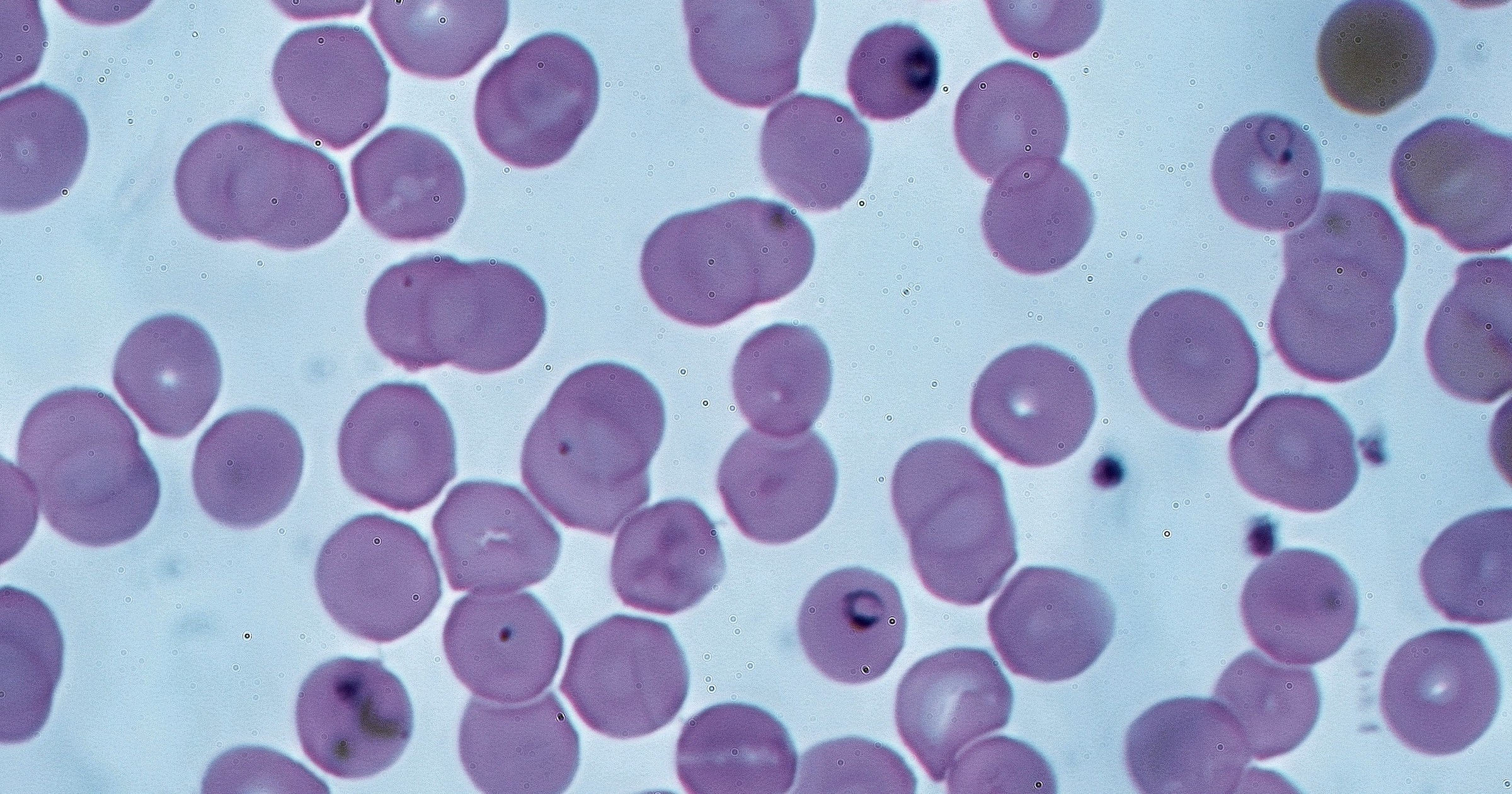 Evolution
Evolution
 Intelligent Design
Intelligent Design
Answering Farina on Behe’s Work: The Edge of Evolution

In two previous articles (here and here), I began a series of responses to YouTuber “Professor Dave” Farina’s video about Michael Behe’s three books. In this essay, I turn my attention to Mr. Farina’s comments regarding The Edge of Evolution.
Malaria
In the video, Farina claims that “[Dr. Behe] seems to think that for any given biochemical trait, like drug resistance or disease immunity, there is one way, and only one way, to accomplish that job, despite he himself describing the biochemical details of more than one form of malaria resistance found in humans.” Actually, in The Edge of Evolution, Behe discusses the biochemical details of malarial resistance to two different drugs, namely, atovaquone and chloroquine. In regard to chloroquine resistance, Behe described the Plasmodium falciparum chloroquine resistance transporter, coded by the pfcrt gene, which is recognized to be of primary importance in conferring chloroquine resistance.1 This pump naturally functions as a peptide transporter. Mutations that enable the transporter to pump chloroquine impair its ability to pump peptides and actually entail a significant fitness cost to the parasite.2 As Behe explains in The Edge of Evolution, at least two co-dependent amino acid substitutions are necessary for this chloroquine resistance phenotype3 — and public health data suggests that it occurs approximately once in every 1020 cells.4 From this, it may be predicted that an adaptation requiring four co-dependent substitutions would arise in every 1040 malarial cells. Given that less than 1040 organisms have likely ever existed on earth5, this number is quite prohibitive. The challenge is even more acute when we are dealing with complex animals such as mammals, which have far, far fewer individuals. Until relatively recently, the effective population size of hominids, for instance, was only in the range of 10,000-20,000 individuals. If it is challenging for complex traits to evolve in single-celled organisms, it is much, much more difficult for them to evolve in more complex organisms. For a more detailed treatment of this subject, I refer readers to this article by Casey Luskin.
Farina contends that,
Behe butchers the concept of fitness landscapes in a way that is both extremely basic and completely undermines his argument…In one time or place, a particular genotype might be extremely fit, but in a different time or place, it might have low fitness. Behe completely misses this trivial detail. He argues that crossing “valleys” is impossible via evolutionary processes, since any intermediate between two peaks or two high-fitness genotypes will be low fitness, and selected against. In making this argument, he assumes that fitness landscapes are constant, and genotypes have fixed fitness values, regardless of environmental or ecological conditions.
But for many complex adaptations, such as those described in Behe’s books, a fitness benefit is not realized until multiple co-dependent mutations have arisen. A protein that stably folds, in order to mutate into a fundamentally different fold, will have to pass through a fitness valley where it does not stably fold and no longer performs its role. Such a protein will not be selected for under an alternative set of environmental conditions. It seems that, again, Farina fails to understand Behe’s argument.
Bizarrely, Farina asserts that “it’s quite amusing to note that if Behe considers [antimalarial] drug resistance to be impossible to evolve, it means that he believes in a god who deliberately bestowed plasmodia with resistance to our drugs in order to ensure that we continue to contract malaria. Gee, what a swell guy.” But this, too, betrays a misunderstanding of what Behe argues in The Edge of Evolution. He does not deny that malarial parasites have acquired resistance to chloroquine and other antimalarial drugs. Quite the contrary. Rather, as discussed above, he notes that malarial resistance to chloroquine has arisen and that it occurs approximately once in every 1020 cells. He then uses this data to extrapolate to a case requiring twice as many co-dependent changes to bring about, and he points out that this problem is far more acute in the case of more complex organisms like large mammals, with much smaller population sizes, longer generation turn-over times, and lower mutation rates.
Interestingly, this same misrepresentation of The Edge of Evolution was made by Nathen Lents in his review of Darwin Devolves (discussed by Casey Luskin here). This makes me wonder whether Farina has in fact read Behe’s book for himself, or whether he is relying upon others, such as Lents, for his information about what is in the book.
HIV
In his video, Farina takes issue with Behe’s claims concerning HIV that “there have been no significant basic biological changes in the virus at all” and “There have been no reports of new viral protein-protein interactions developing in an infected cell due to mutations in HIV proteins.”6 He cites the Vpu example discussed in part one. However, as Behe acknowledged years ago, this was one example he had overlooked in The Edge of Evolution. Nonetheless, it does not significantly impact the thesis of the book, since the statement may be modified to assert that “There have been hardly any reports of new viral protein-protein interactions developing in an infected cell due to mutations in HIV proteins,” despite the fact that “HIV has almost certainly altered its proteins at one point or another in the past few decades enough to cover all of shape space.”7 Behe does not deny that new protein-protein binding sites have arisen by mutations in HIV. In fact, he explicitly states that its mutated proteins must have bound many molecules, though “none seem to have helped it” such that they were preserved by selection.8 The reason for this is what Behe dubs the problem of restricted choice — “That is, not only do new protein interactions have to develop, there has to be some protein available that would actually do some good.”9 Vpu is one exception where it did apparently help. But given how much better an evolver HIV is relative to essentially any other organism (with its 109-1010 individual viruses per infected person and its mutation rate of 10-4, meaning that all possible double point mutations will arise in each virus in one individual every single day), the problem is certainly much more acute for other life forms.
Next and finally, I will review Farina’s response to Darwin Devolves.
Notes
- Sidhu AB, Verdier-Pinard D, Fidock DA. Chloroquine resistance in Plasmodium falciparum malaria parasites conferred by pfcrt mutations. Science. 2002;298(5591):210-3.
- Felger I, Beck HP. Fitness costs of resistance to antimalarial drugs. Trends Parasitol. 2008;24(8):331-3.
- Summers RL, Dave A, Dolstra TJ, Bellanca S, Marchetti RV, Nash MN, Richards SN, Goh V, Schenk RL, Stein WD, Kirk K, Sanchez CP, Lanzer M, Martin RE. Diverse mutational pathways converge on saturable chloroquine transport via the malaria parasite’s chloroquine resistance transporter. Proc Natl Acad Sci USA.2014;111(17):E1759-67.
- White NJ. Antimalarial drug resistance. J Clin Invest. 2004; 113(8):1084-92.
- Whitman WB, Coleman DC, Wiebe WJ. Prokaryotes: the unseen majority. Proc Natl Acad Sci U S A. 1998; 95(12):6578-83.
- Behe MJ, The Edge of Evolution: The Search for the Limits of Darwinism (Free Press, 2007), 139.
- Ibid., 157-158.
- Ibid.
- Ibid., 157.


